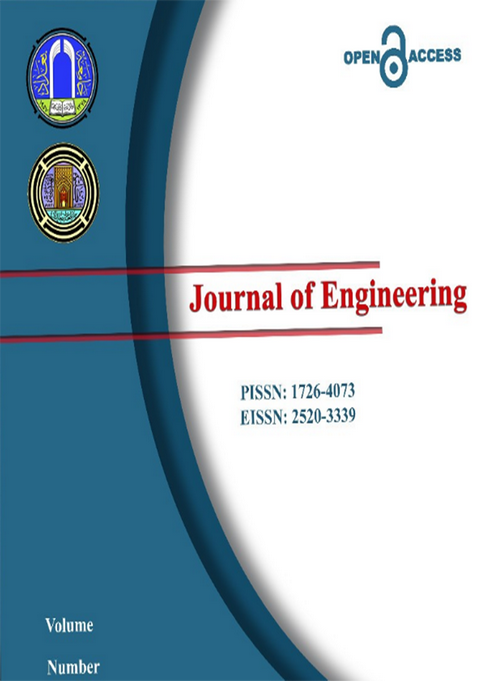Abstract
This paper presents the ability to use a cheap adsorbent (corn leaf) for the removal of Malachite Green (MG) dye from its aqueous solution. A batch mode was used to study several factors, including dye concentration (50-150 ppm), adsorbent dosage (0.5-2.5 g/L), contact time (1-4 days), pH (2-10), and temperature (30-60°C). The results indicated that the removal efficiency increases with the increase of adsorbent dosage and contact time, while inversely proportional to the increase in pH and temperature. An SEM device characterized the adsorbent corn leaves. The adsorption's resulting data were in agreement with the Freundlich isotherm according to the regression analysis, and the kinetics data followed pseudo-first-order kinetics with a correlation coefficient of 0.9309. The thermodynamic data show that the process is exothermic and reversible. The highest removal of MG was 91%, which gave proof that the corn leaves as adsorbent material have the capability of adsorbing the MG dye for aqueous solutions.
Keywords
Adsorption
Corn Leaves
Isotherms
kinetics
malachite green dye
Thermodynamics
